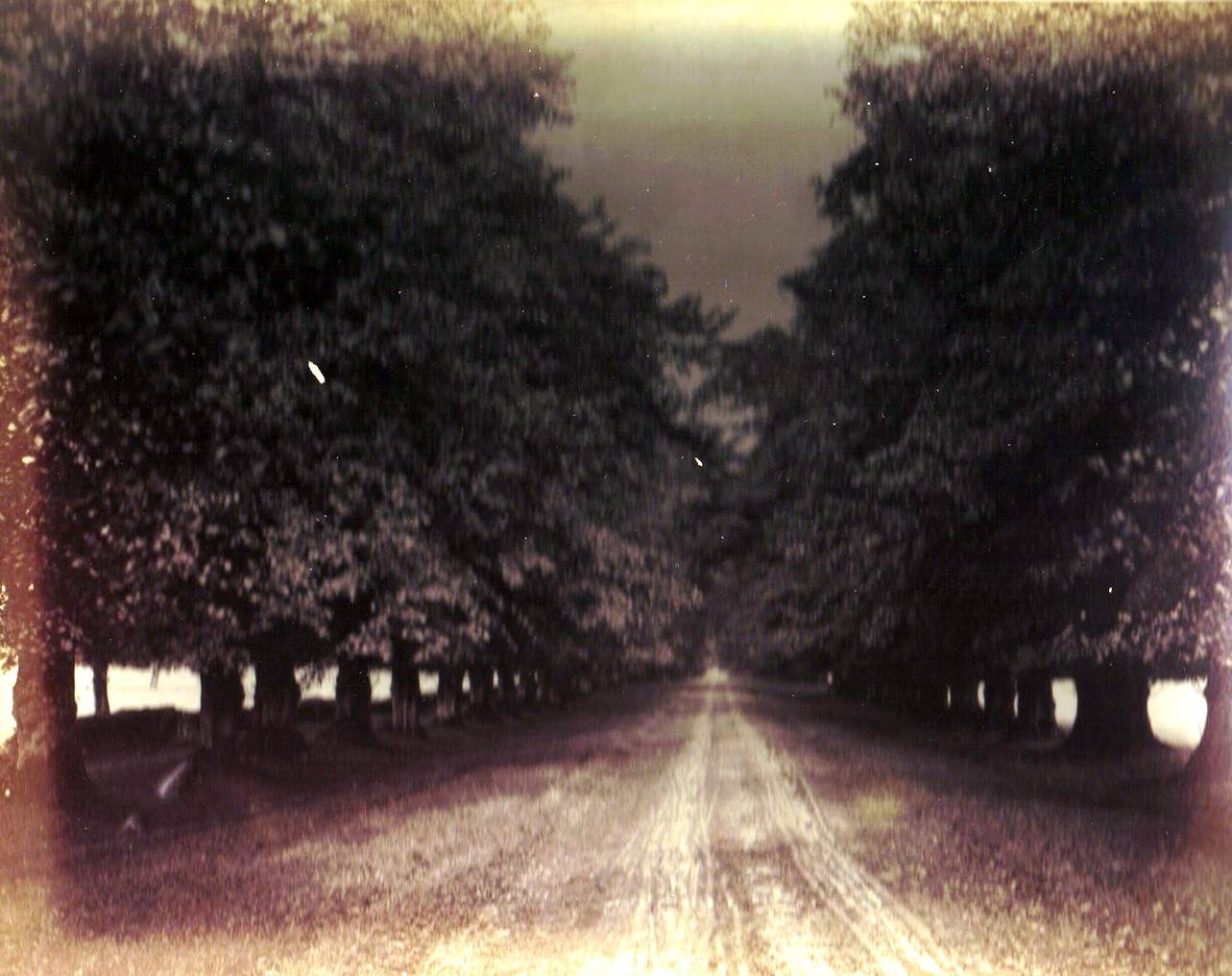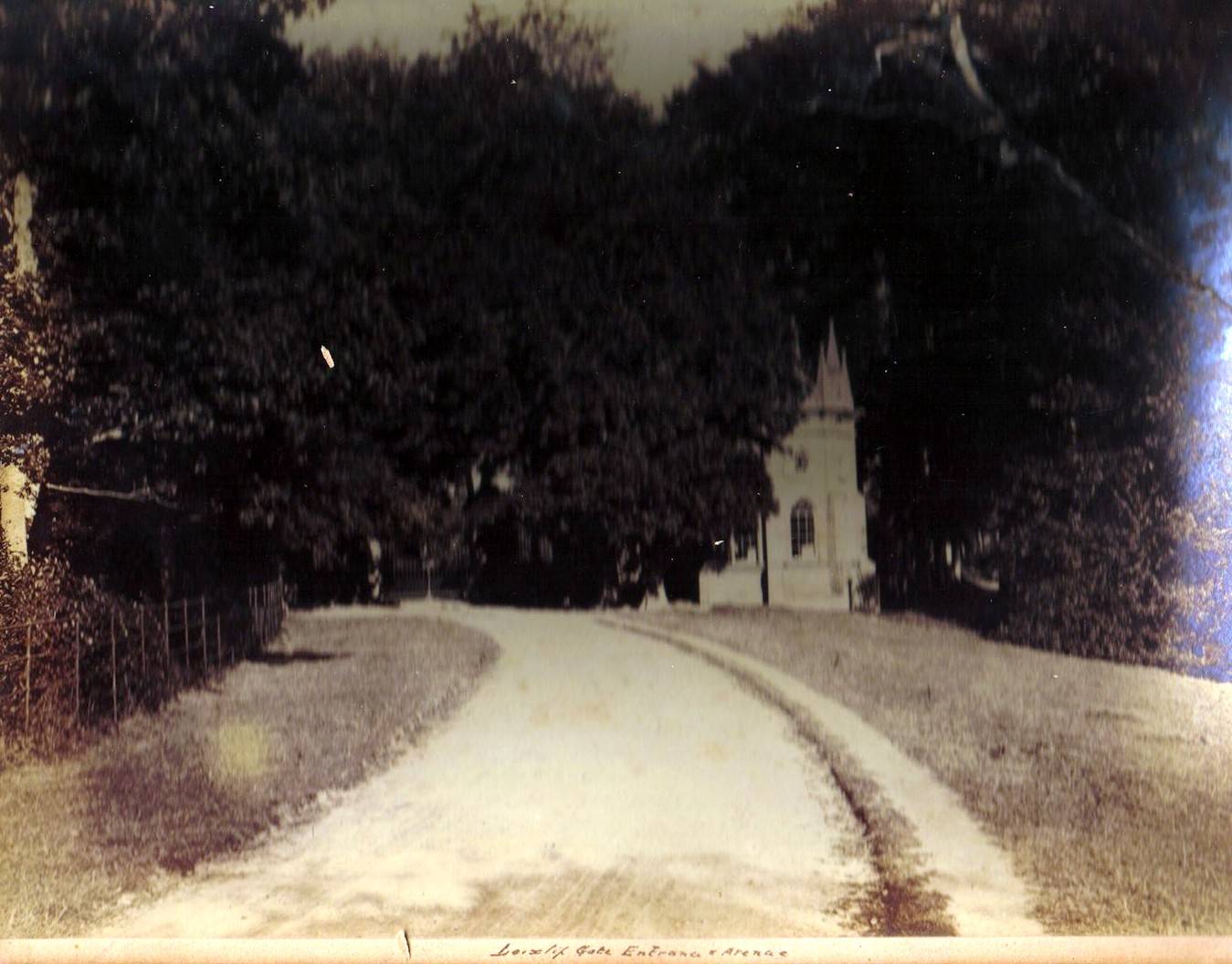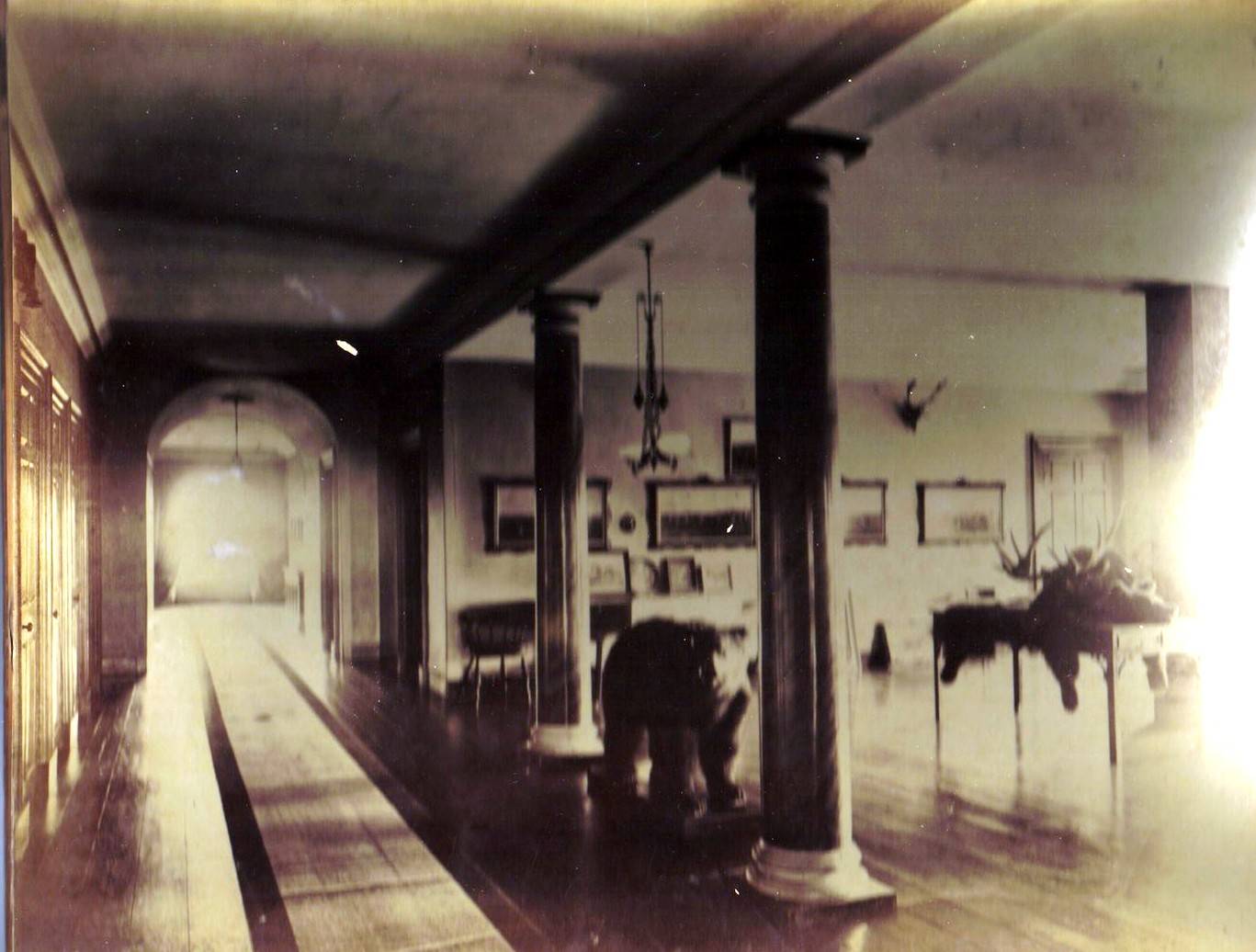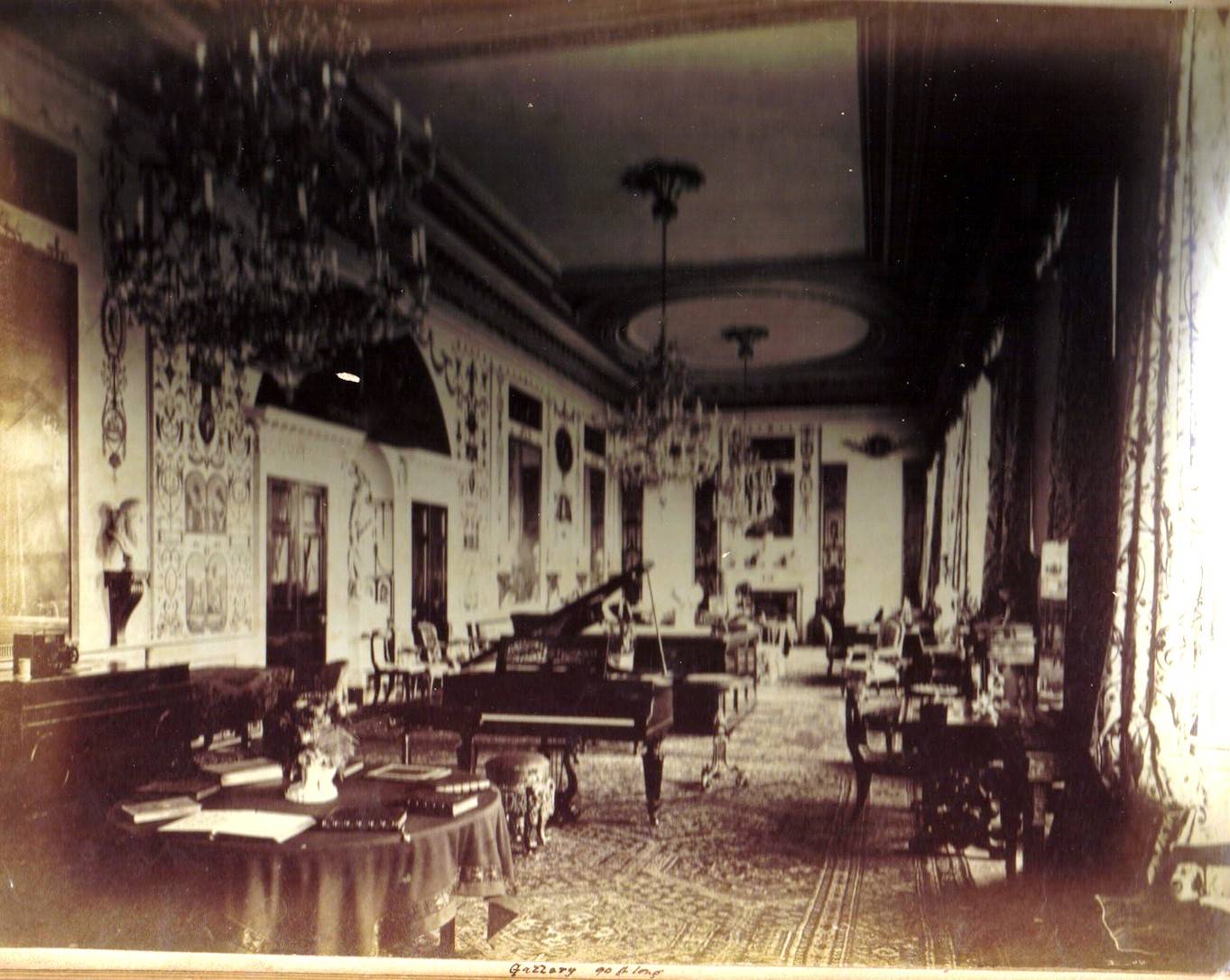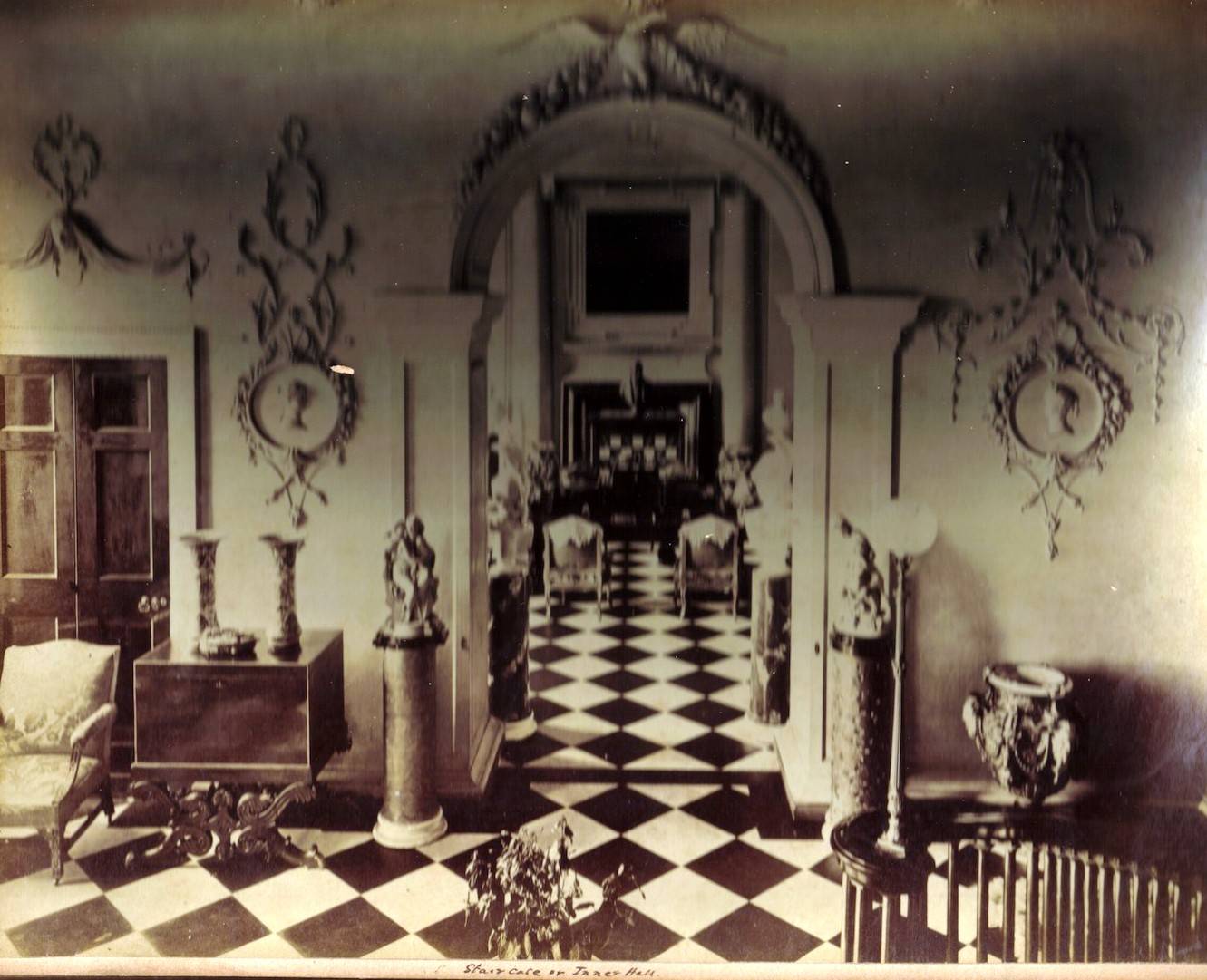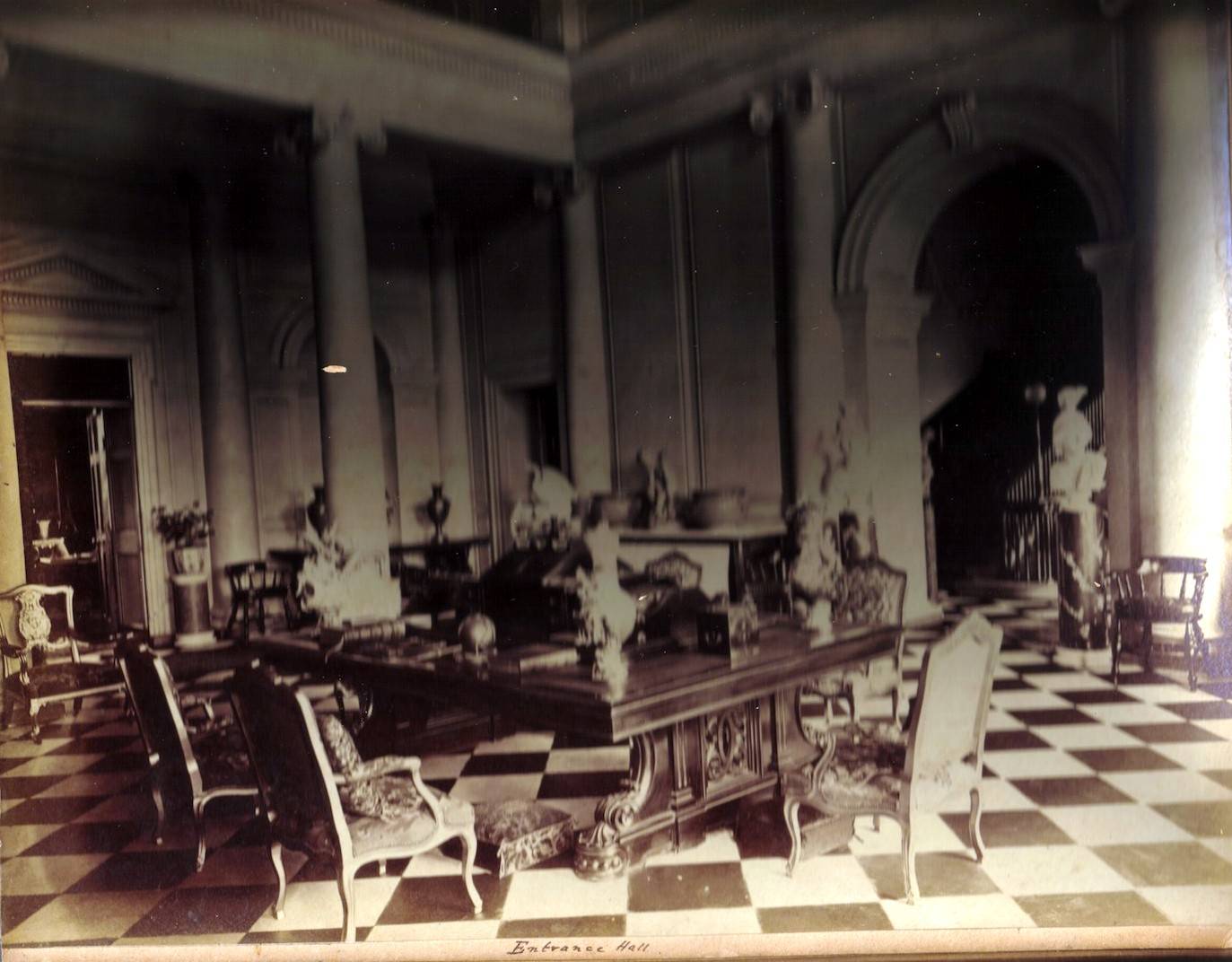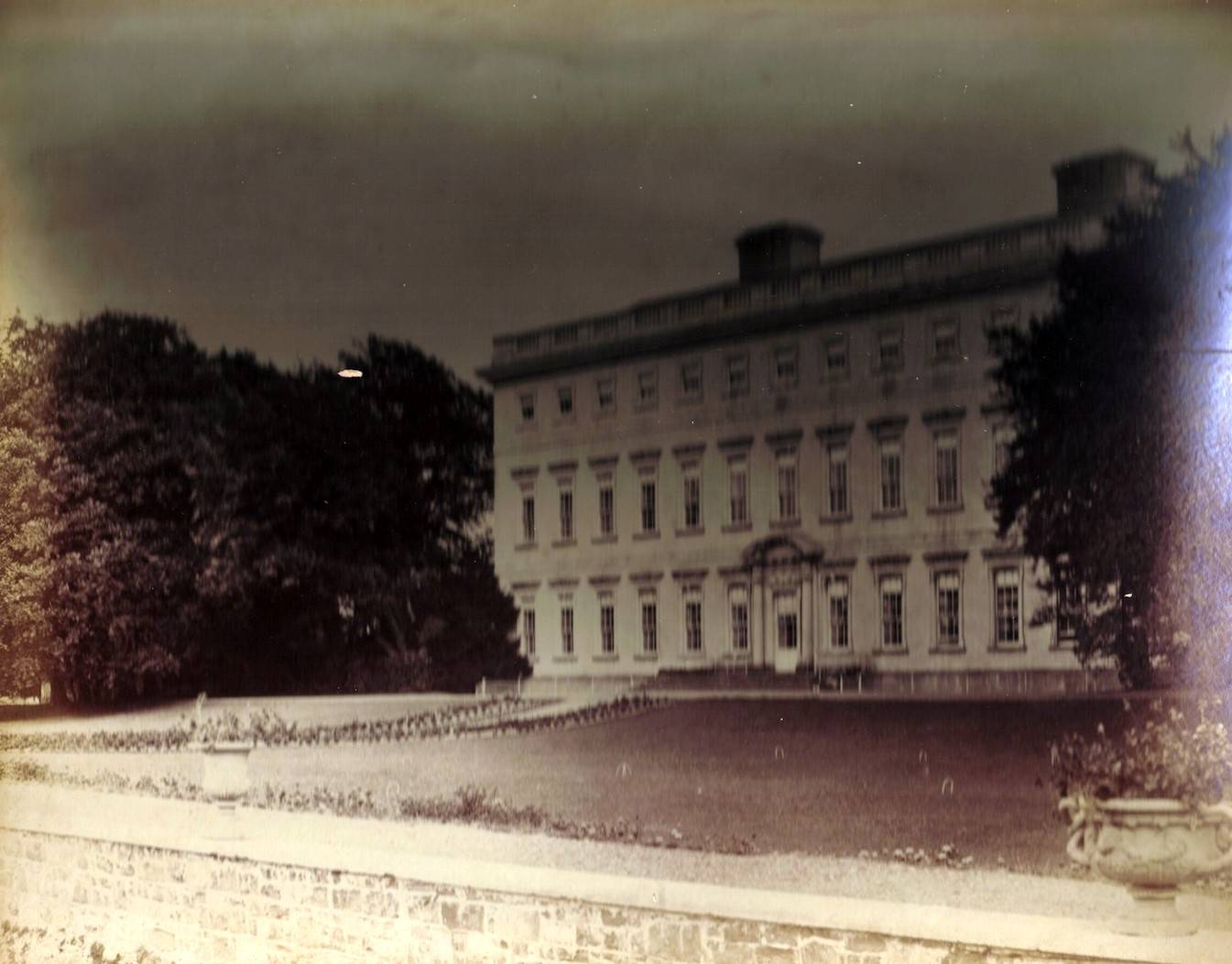Lady Louisa’s death in 1821 ended an era at Castletown.
The Conolly estates, including Castletown, were inherited by Thomas Conolly’s grandnephew Edward Pakenham (1786–1848). Under the terms of Conolly’s will, Edward was required to change his name to Conolly. Thomas Conolly had also hoped and recommended that his heirs “will be resident in Ireland as their ancestor, Mr Speaker Conolly, the original and honest maker of my fortune, was.” The estates Edward Conolly inherited were heavily encumbered, and the family’s fortunes declined financially as well as politically. Changes to the house in this period seem to have been minimal. In the eighteenth century Castletown was the main residence of the Conolly family, but after the Act of Union in 1800 Dublin declined as a political and social centre. From 1830 Edward Conolly spent much of his time in London attending parliament and Castletown was used as a country retreat. At Westminster he often spoke on Irish affairs telling the House of Commons in 1847 during the great famine to ‘throw political economy to the wind and listen to the starving people.’ Returning to Castletown, he contributed to the local relief effort and donated land for the Celbridge workhouse. Few changes were made to the house in this period, probably due to the straightened economic circumstances, other than the provision of a nursery and a schoolroom for his ten children.
Edward Conolly was succeeded at Castletown and Westminster by his eldest son Thomas in 1848.
The five younger sons pursued other careers. ‘Tom’ Conolly’s succession heralded a new era at Castletown. As a young man he had spent much time in London and on the continent living the high life. Amongst his acquaintances on the continent was the future French Emperor Napoleon III. In 1864 Conolly, continuing his thirst for adventure, travelled to Virginia at the height of the American Civil War where he met General Lee, Jefferson Davis and other Confederate leaders. Upon his return to Ireland he settled down at Castletown in 1869, marrying Sarah Eliza Shaw, the Celbridge miller’s daughter. Castletown once again became known for its hospitality. Improvements were made to the house, including the decoration of the Blue Bedroom, the partial redecoration of the Long Gallery and the Red and Green Silk Rooms. Conolly’s sporting interests could be seen in the conversion of the Print Room into a billiards room and the creation of a smoking room for hunting parties above the stables.
‘Tom’ Conolly, the last of the family to serve in parliament, died aged only 53 in 1876.
He was succeeded by his eldest son, also named Thomas, who was only six when his father died. A captain in the British Army, he was killed in the Boer War in 1900, and was succeeded by his brother Major Edward Conolly. Major Conolly did not settle down at Castletown until after the First World War. In the intervening period Castletown was let to a series of tenants, especially for the hunting season, including Lord Peter ‘Packer’ O’Brien, the Wills family, and an American businessman Tom Kelly who entertained at Castletown on a grand scale around the turn of the century. Castletown in these years briefly returned to its ‘ancient grandeur.’
A sentence about the album to follow – its provenance, date, etc.
Browse the album images below, and click on any image to see it larger and read a caption.










